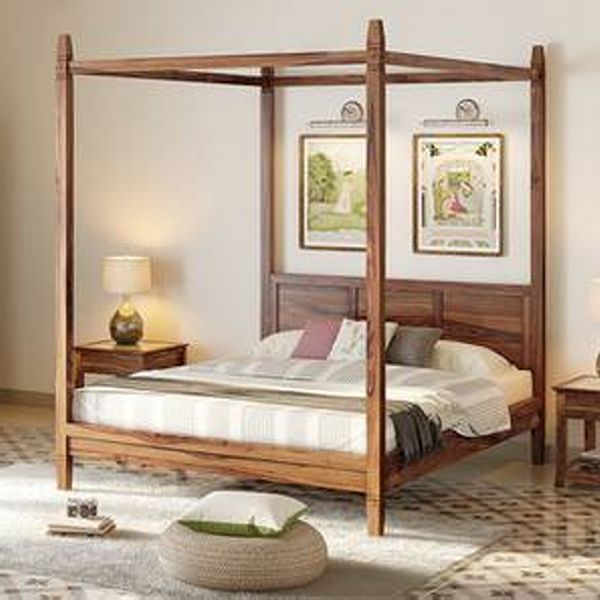Homemade Bunk Bedstead Diagrams - Four Tips For Constructing A Layout Professionally


Click the links below to download the materials list as well as drawings for this project. Screw top supports to the legs. Line up columns so shelves fit and screw them to top frame. If you don't have a table saw to rip them to this narrower width, have lumberyard rip them for you and then rip lengths at home with the simple tools shown. Lay out the siding so exposure is equal on all pieces. Expect it to take a while to rip through the sandwich. Position (https://woodcraftdiagrams.com/diy-queen-size-bed-plans-blueprints) the backrest support on leg assembly as shown, making sure it's at a right angle with seat support, and mark position on seat support.
You could now craft metal stucco lath and apply it, then fill lath with mortar. Use durable lumber, designed for outdoor use, such as cedar, pine or redwood. Otherwise, the wet wood will shrink and won't hold paint. Place the T-guide against edge of the stock and align its trimmed end with the cut line. In following pages, I'll show you how to build three weekend furniture projects. Don't permanently fasten the top until you've 'test swiveled' the back to make sure you have enough clearance. Set this nail just below surface and fill hole later. Any decent knife set includes one, but few people know exactly what it does, much less how to properly use it.
For extra strength and longevity, we assembled it with half-lap joints, screws and exterior glue. Later, you'll strengthen joint with carriage bolts. Now drive the screw into the angled pilot hole to complete (look at this site) the job. We like gel stain for this fix, but any timber stain would work. Screw small-drawer partition frame between the two top horizontal frames and add the runners to frame top and bottom. Cut back floorboard to fit and nail it in. Level rails and sight down them to make sure they're straight before screwing them to the middle two posts. Hook a knotted string in one slot, tighten string to bend bow and tie off the other end.
With a little planning, you can cover the edge using only full tile by adjusting width of the joint. You'll have a small amount of cleanup to do where the rip starts and stops. Clamp the legs together and mark them all at same time. Some woodworkers who know lumber and want to build with the driest timber possible, would buy their wood and let it air dry for 10 years before they even think of using it. Make a small bird’s mouth notch in each rafter to rest it on the top of front frame. Hold assembled unit in position under cabinet, then mark the holes for brackets.
First mark shelf positions on uprights and pre-drill holes from the front side. Tip the walls into position, brace them and anchor them to slab. Then poke your screws through access hole to fasten the top ring to bin base. When you're done cutting, knock out the thin slivers of wood with claw of your hammer. Factory edges and surfaces should also be lightly sanded with 150-grit paper prior to finishing. Screw together the wall corners and check to make sure pond is square before screwing the corners to footing plates. For projects exposed to moisture, use water-resistant glue. Dump in about half bag and mix it thoroughly.
When you have to cut, shape, file, sand or finish something small, reach for your hot glue gun and glue piece to a pedestal stick. The results of a simple surface cleaning with mineral spirits may amaze you. This accessory chucks right into your drill and comes in a bunch of different lengths. Install the two shelf-support cleats along the horizontal layout lines. Measure the overhang on each end and adjust the top until it's centered. Here's a fun little project to keep your screws, nails, nuts and electrical whatsits handy and neatly organized. You only need to apply glue to one of two boards being joined.
Use a short climb cut to avoid chips at corners. Screw on end blocks and bend a spring stick between them. Lots of people end up installing it two or even three times before they get it right. As you scribe, flat side of clothespin spaces pencil point to exactly match the wall contour. Sand or file the edges smooth, and round over the top edge. After a few hours, check for mortar that may have oozed up above the tile surface. No matter what kind of table saw you have, you'll be able to make all the cuts we show.
The easiest way to deal with an outlet that would be covered by your cabinets is to rip a hole in cabinet back that's larger than outlet's cover plate. To start, cut four strips of aluminum foil tape about an inch longer than the form sides.